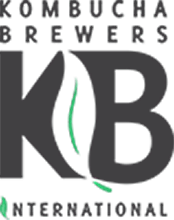Determination of Ethanol in Kombucha Products Single-Laboratory Validation, First Action 2016.12
Authors:
Blake Ebersole, Ying Liu, Rich Schmidt, Matt Eckert, Paula N Brown
Abstract:
Kombucha is a fermented nonalcoholic beverage that has drawn government attention due to the possible presence of excess ethanol (0.5% alcohol by volume; ABV). A validated method that provides better precision and accuracy for measuring ethanol levels in kombucha is urgently needed by the kombucha industry. The current study validated a method for determining ethanol content in commercial kombucha products. The ethanol content in kombucha was measured using headspace GC with flame ionization detection. An ethanol standard curve ranging from 0.05 to 5.09% ABV was used, with correlation coefficients greater than 99.9%. The method detection limit was 0.003% ABV, and the LOQ was 0.01% ABV. The RSDr ranged from 1.62 to 2.21%, and the Horwitz ratio ranged from 0.4 to 0.6. The average accuracy of the method was 98.2%. This method was validated following the guidelines for single-laboratory validation by AOAC INTERNATIONAL and met the requirements set by AOAC SMPR 2016.001, "Standard Method Performance Requirements for Determination of Ethanol in Kombucha."
Keywords: ethanol, space
Country: Canada
Citation: Journal of AOAC International, Volume 100, Number 3, May-June 2017, pp. 732-736(5)
Study Mailing Address:
British Columbia Institute of Technology, Centre for Applied Research and Innovation, Burnaby, BC, Canada
Date Updated: March 4, 2020
 0 people like this study.
0 people like this study.